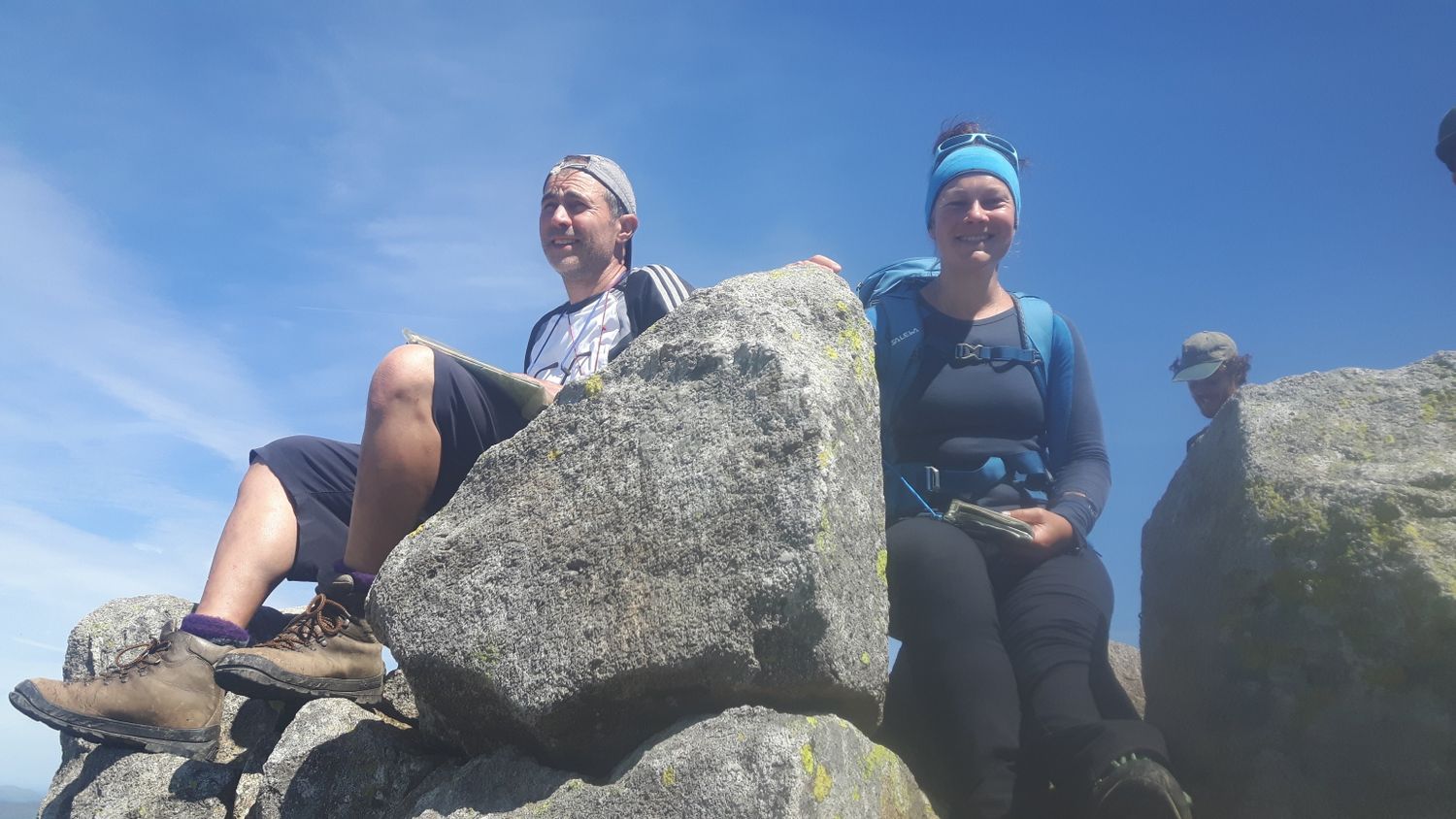Managing Risk in the Mountains #1: The Three Variables
/WRITTEN by CHRIS & ANNE ENSOLL
We go to the mountains for many different reasons - physical, mental, emotional, spiritual. John Muir put it like this more than a hundred years ago: “Thousands of tired, nerve-shaken, over-civilized people are beginning to find out that going to the mountains is going home; that wildness is a necessity”. Because the benefits are so huge, we choose to expose ourselves to the associated risks, even though we don't have to. Understanding those risks and how to manage them means that we return safely from every mountain adventure.
What is risk? The Oxford Dictionary defines it like this, and all three of these definitions can apply to the mountain environment:
- A situation involving exposure to danger
- The possibility that something unwelcome or unpleasant will happen
- A person or thing regarded as a threat or likely source of danger
We all know that things can change very quickly. A pleasant day out can easily become a serious situation if you aren't able to react quickly. Having fixed goals that don’t change is a potentially dangerous mindset to have - managing risk is all about making the right decision at the right time.
Most accidents happen in three stages. A minor problem happens and is ineffectively dealt with, so it escalates a more complex problem, which, if left unaddressed, escalates again, leading to an incident or accident. I call this the one-armed bandit of risk assessment - the idea that when one lemon comes up you must change what you are doing or you are likely to find yourself in a difficult situation. If you don’t make any changes then the second lemon will come up, and then quickly after that the third, and something has gone badly wrong with potentially serious consequences.
Recognising the variables involved will help in the decision-making process. Assuming you've done the usual things before you leave the valley - checking the weather forecast, gathering info about your group (previous experience, fitness, illness/wellness), wearing the right clothing, packing the right equipment & food & drink - then these variables can be put under three main headings: people, terrain, and weather.
All these factors must be continually re-evaluated with questions like this: is this the best thing/route for us to the doing with this group today/now?
1. People
People are complicated and can sometimes be erratic and difficult to predict, especially when in challenging environments. How someone will react to a given situation takes a lot of experience to read correctly. We all have things that we fear and that can bring out both the best and the worst in us. When you combine this with altitude and lack of sleep, low blood sugar and fatigue, you can get interesting results. You need to be constantly asking yourself and your group these questions:
- How are you today?
- How are you right now?
- Any illness?
- Any injuries?
And don't forget - if you leave your ego at home and model humility, you're more likely to see it in your group too.
2. Terrain
The ground in winter or Alpine environments can change very quickly. A frozen stable slope in the cold of the morning can soon become unstable and dangerous when the sun hits it. A rock route may get covered in verglas or ice or snow, or may get wet and slippery in the rain, changing a straightforward climb into a desperate struggle. Other changes can be brought about by rock fall, avalanches, etc.
3. Weather
Rain, storms, wind, blizzards, hot sun - all these can affect the way in which we need to manage the group and ourselves.
The army say that no plan survives contact with the enemy. In our case, the enemy is the mountain environment, so plan to be flexible, always with the aim of getting down safely even if things don’t go the way that we expect them to.
Look out for the second post in this series, Managing Risk in the Mountains #2: Heuristics & Mind-Sets






